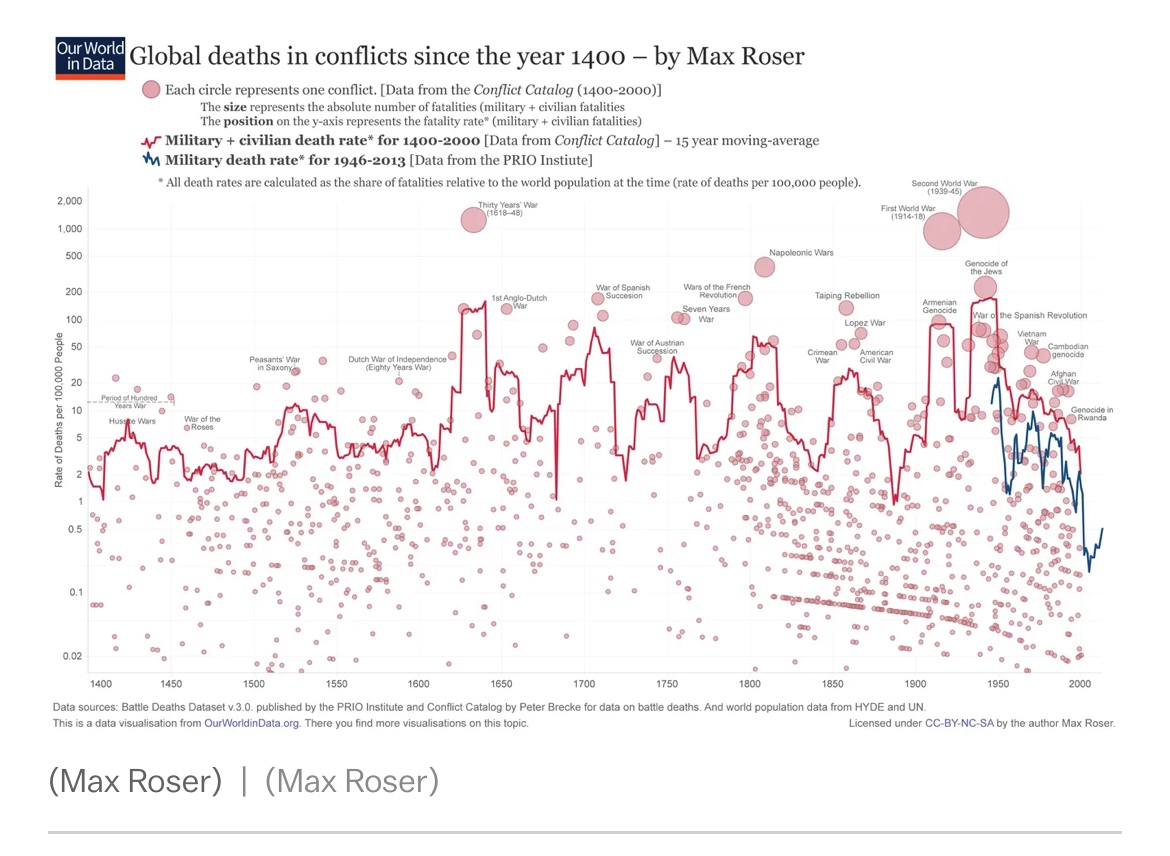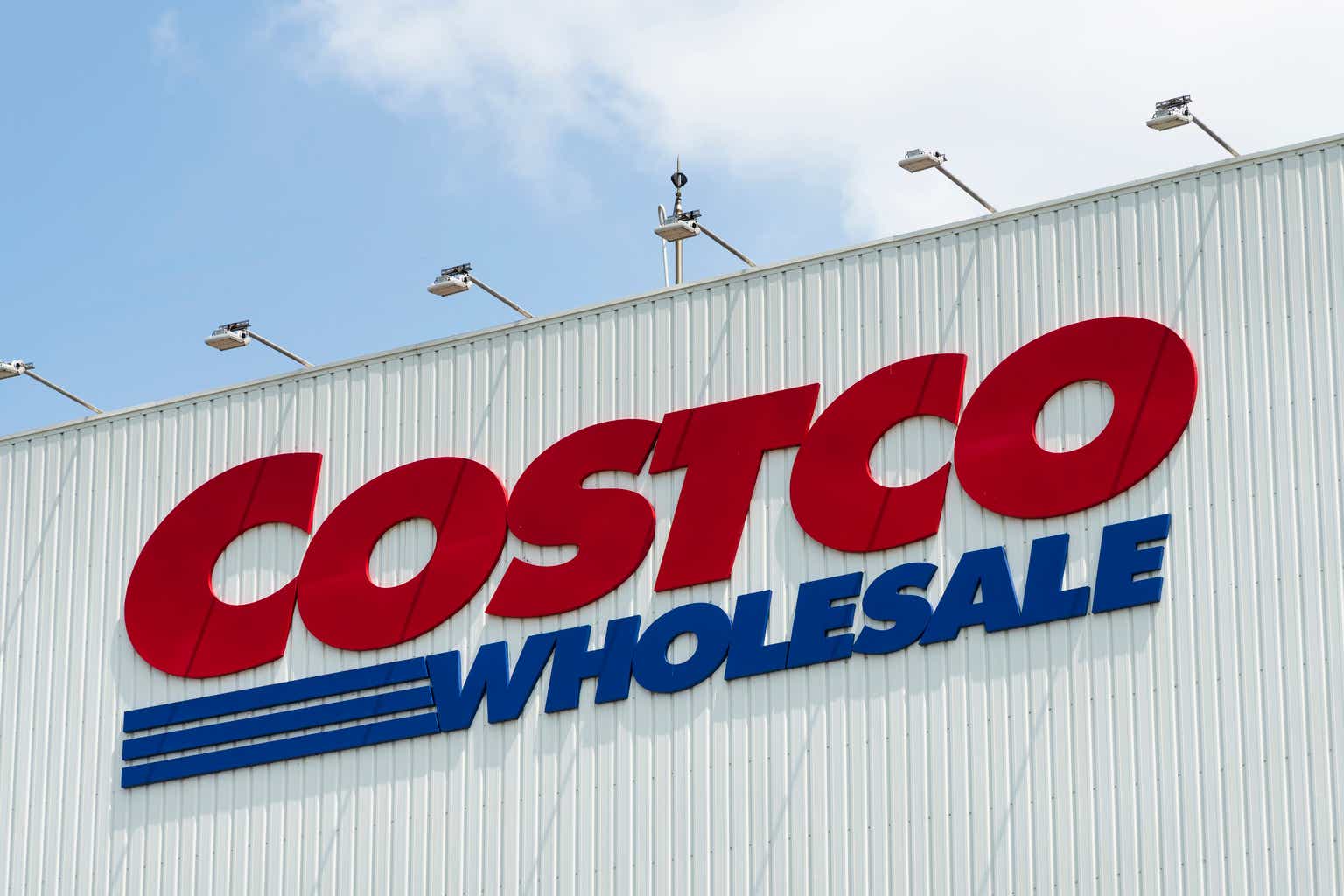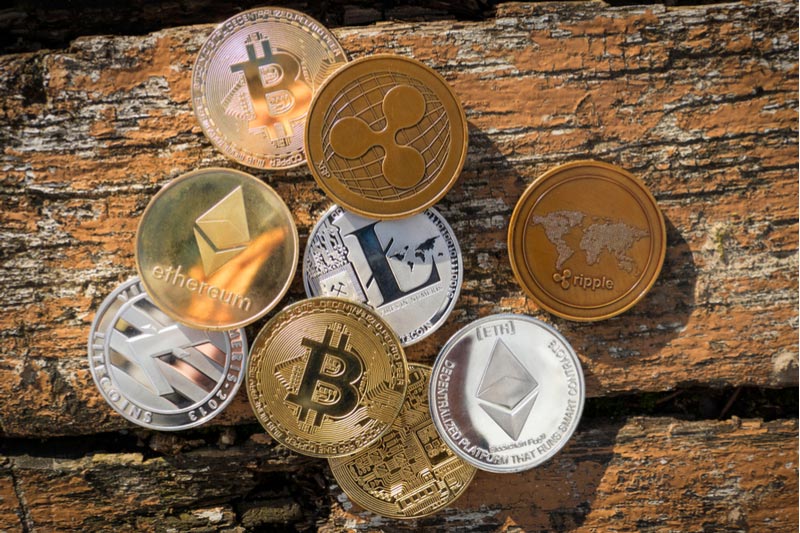Tim Boyle
It would be an understatement to say that there is quite a bit of economic uncertainty. Inflation is still above recent averages even though it’s dropped pretty extensively over the past year or so. To kill inflation, the Federal Reserve has quickly raised interest rates to levels not seen for many years. There is a fear that higher rates on mortgages and car loans will slow the economy. In the short run, that hasn’t been the case, but it could happen in the intermediate term.
When looking at investments, I try to find companies and funds that provide a solid income stream. It’s even better if that income stream grows on a yearly basis. One company that fits the bill is Kimberly-Clark Corporation (NYSE:KMB). This company provides items that people need on a daily basis. This leads to recurring sales for those who appreciate the brands offered by KMB. Some of the company’s more recognizable brands are Scott toilet tissue, Kleenex, and Huggies diapers. These brands are likely to provide revenue for years into the future. As a consumer staple stock, Kimberly-Clark is likely to perform reasonably well during a recession, because regardless of what the economy is doing, people are going to need toilet paper, and their infants and toddlers will need diapers.
Currently, KMB sports a dividend yield of 3.91%, which is well above the yield offered by the S&P 500 (SPY). This has increased over the past year because the company has underperformed the S&P when looking at share prices. Additionally, the company has a strong record of raising its dividend, doing so for 50 consecutive years, which allows Kimberly-Clark to claim Dividend King status. While I like the dividend income KMB provides, there is still the question of whether it makes sense to purchase shares at this point.
KMB Finances
Over the past decade, Kimberly-Clark has not shown a great deal of revenue growth. Indeed, this important number has ranged from about $18.3 billion to $20.2 billion over that time. However, the most recent quarterly report indicates that there has been a little bit of growth over the past several months. Both the most recent quarter and the nine months to date in the fiscal year have shown 2% growth over the previous year’s number. The cost of products sold has dropped by 6% when compared to the same quarter last year.
As an income investor, I like to see growing revenue and income. The current revenue increase of 2% is nice, but it occurred in an inflationary environment. Additional growth in future quarters would be better. Since 2019, the company has seen revenue grow from $18.45 billion to $20.43 (on a TTM basis), which shows about 2% average annual growth over that time. One might have expected higher revenue growth in the aftermath of the recent pandemic in which inflation briefly topped out around 9%.
Net income for the most recent quarter came in at $1.73 on a per share basis, which was an increase of 26% over the previous year. However, this number for the first nine months of the year was down 12% at $3.71. Overall net income has not varied much of the past decade, ranging from $1.4 billion to $2.3 billion, with the exception of an outlier year in 2015, when net income was just slightly north of $1 billion. Most years have come in between $1.8 and $2.3 billion. The company is rather boring in that regard. Of course, it’s important to remember that net income can vary somewhat because of one-off accounting adjustments that might have little long-term effect on the company’s long-term strength.
One way that some companies have been able to increase EPS is through share buybacks. KMB purchased 740,000 shares of its stock over the first nine months of the year. This did not substantially change the outstanding share count. Indeed, as of September 30, the number of shares outstanding had increased by 500,000 on a year-over-year basis. From 2013 to 2021, the company had decreased its share count from 384 million to 337.3 million, which increased shareholder equity.
KMB has decreased its long-term debt over the past nine months. Total outstanding debt was $8.1 billion as of September 30, whereas it was at $8.4 billion at the beginning of the year. The company’s press release made no more comment regarding the debt, but avoiding additional borrowing costs with the current rate environment would make sense. When long-term rates were much lower, many companies borrowed substantial sums to buy back stocks.
Dividends
As noted above, the current yield for KMB stock is 3.91%. This is relatively high when compared to the company’s last ten years. The dividend has generally ranged from about 2.9% to 3.6%, depending upon the relative cost of each share.
While the company’s dividend has grown for 50 consecutive years, the average growth rate over the past five years is only 3.43%. This is about the current rate of inflation. Therefore, the current level of dividend growth would not provide any increase to a person’s real standard of living. Of course, this could be offset with stocks that have a higher growth rate, although many have a lower yield.
Going forward, it’s not likely that KMB will be able to provide massive dividend growth rates without increasing the company’s top and bottom lines. The current dividend has been taking up about 80%-84% of EPS over the past couple of years. On a forward-looking basis, the dividend payout ratio is estimated at 71% of earnings. This provides enough space to continue paying at the current level, but it leaves little room for high growth rates in the short term. Those who are looking for yield might choose to buy at this point; those who are looking for growth would likely do well to purchase another company or fund.
Conclusions
I covered KMB back in March and viewed it as a hold at that time. My opinion has not really changed, although the entry price at this point is more attractive than it was in March. On a forward-looking basis, if the net income reaches what is expected for the full year, the PE should drop to about 18. This would be a relatively attractive number for a consumer staple stock at this point.
Should the company continue to cut debt and increase revenue and income over the short term, there could be some price appreciation. However, a mature consumer staple stock like KMB is not going to grow as rapidly as a hot stock that focuses on new technology.
The dividend appears safe, but short-term increases are likely to be in the 2% to 3% range that have been relative common in recent years. In a market that’s not growing rapidly, high revenue growth is not likely to contribute to rapid growth in EPS, either. Kimberly-Clark is a solid company that provides a solid yield. Those who are looking for income could benefit from the high starting yield that combines with slow annual growth in the dividend, but those looking for share price appreciation will likely find better options for their money.















